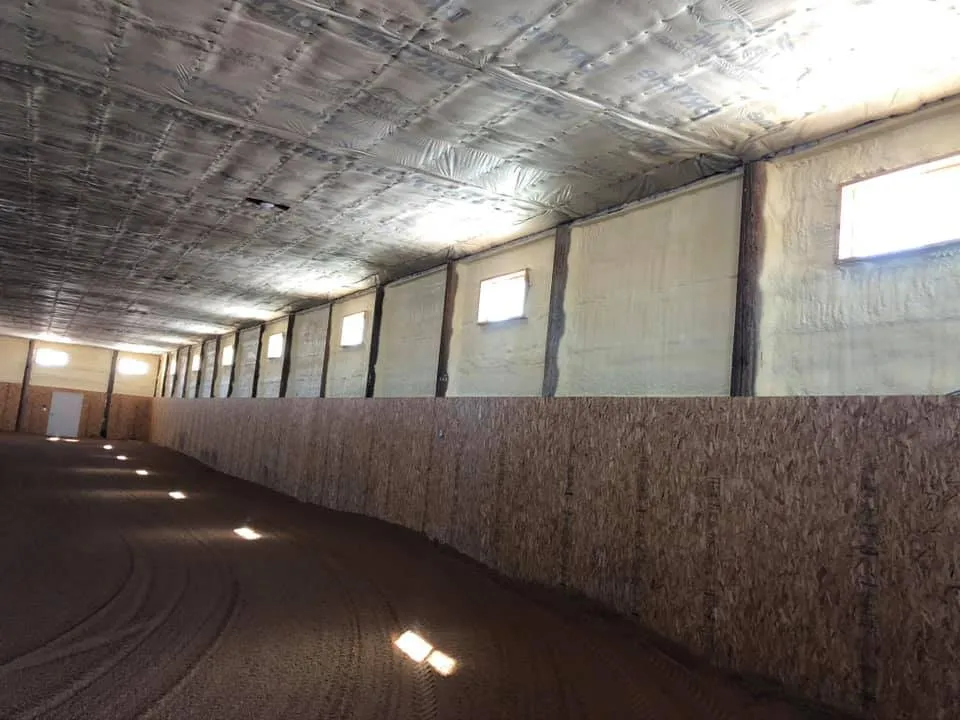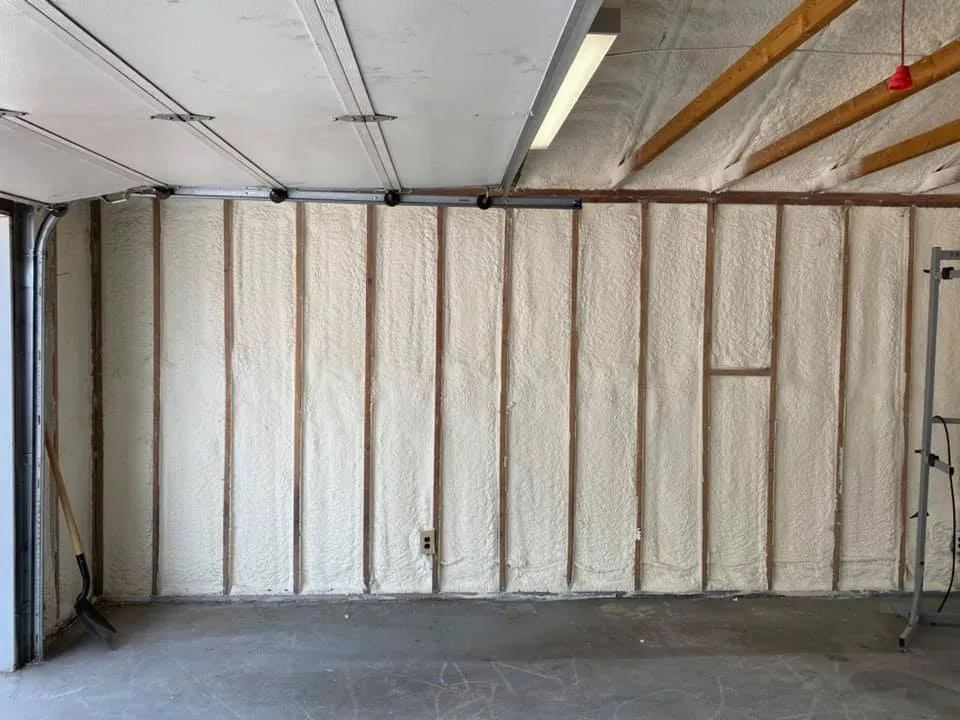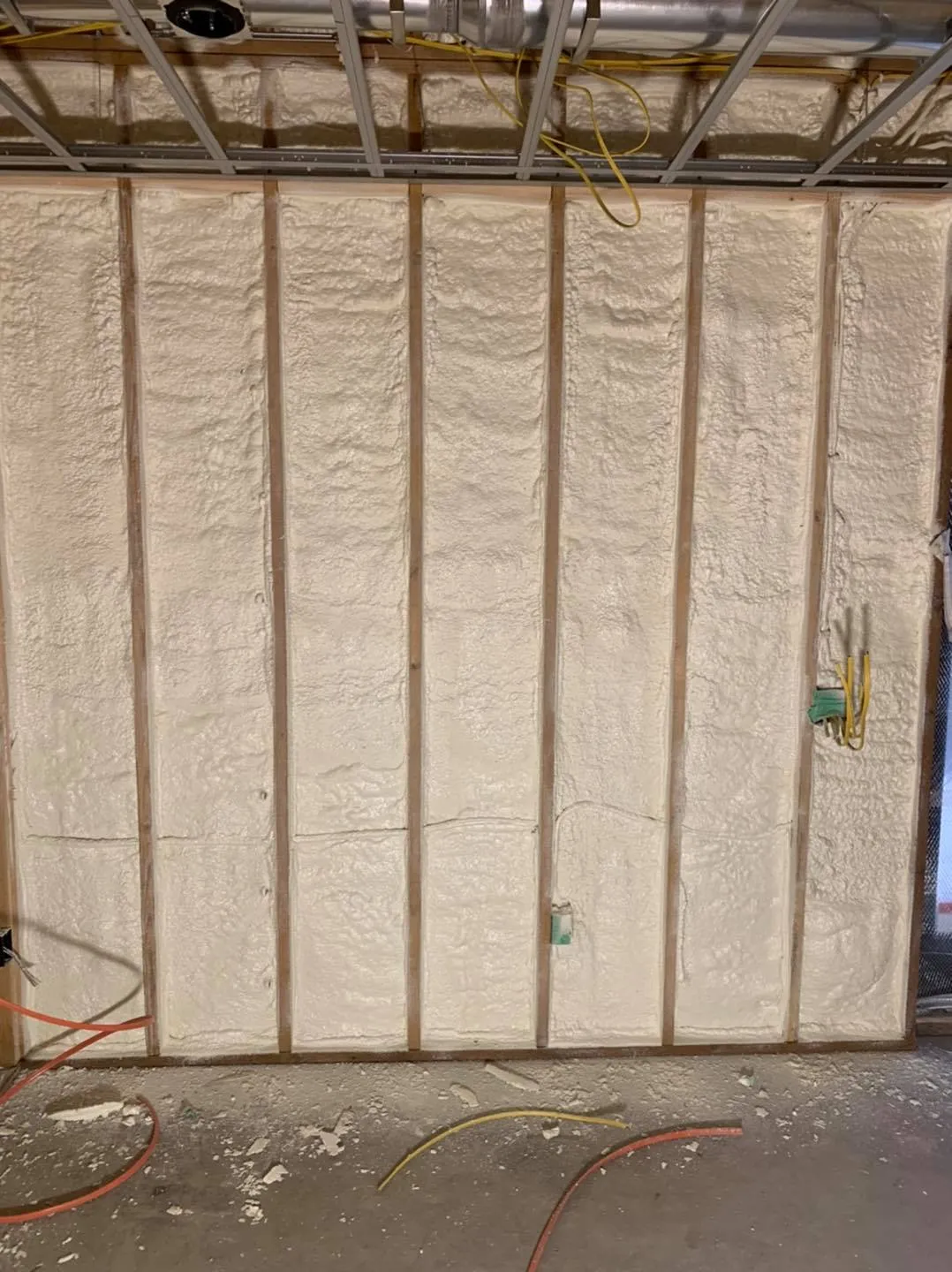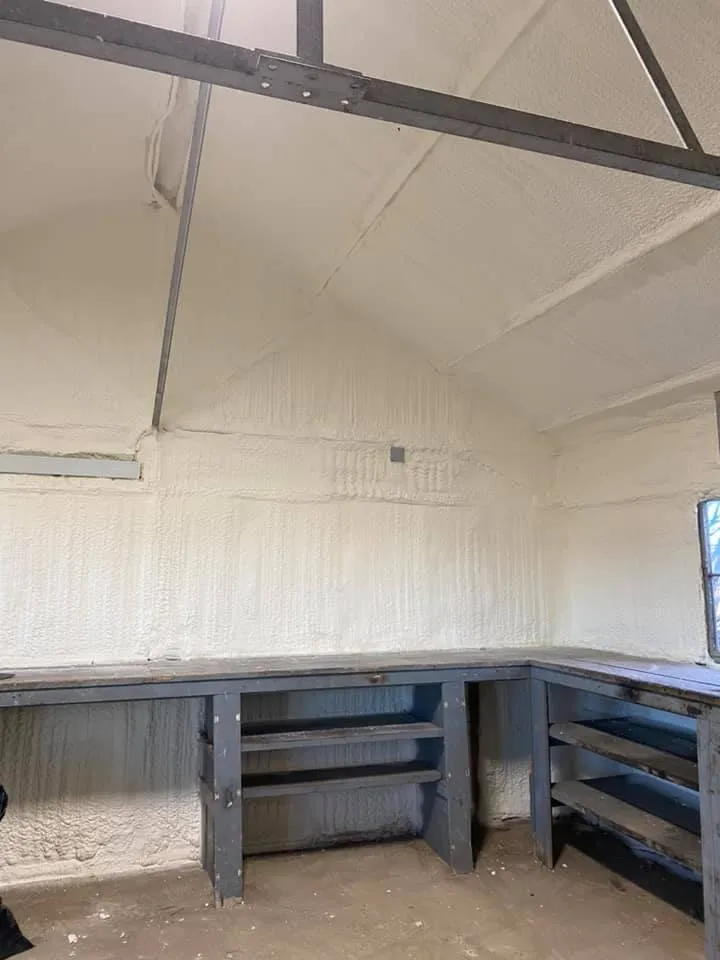

Re-insulating interior walls in Ammon, Idaho typically benefits homes built before 1990 or those experiencing significant temperature variations between rooms, noise transfer issues, or rising energy costs. The decision depends on your existing insulation’s condition, R-value deficiencies, and specific comfort goals within your living spaces.
Most interior walls in older Ammon homes contain minimal or no insulation, leading to thermal bridging and reduced acoustic control. Adding insulation to these walls can improve energy efficiency by 15-25% and significantly reduce sound transmission between rooms. Based on extensive field experience across southeastern Idaho’s climate conditions, interior wall insulation proves most valuable when addressing specific comfort or energy performance issues rather than as a blanket upgrade approach.
This comprehensive analysis examines the technical considerations, material options, and practical factors that determine whether interior wall re-insulation makes sense for your Ammon property.
Interior walls serve different functions than exterior walls but still benefit from insulation in specific scenarios. Ammon’s continental climate, with winter lows reaching -10°F and summer highs exceeding 90°F, creates thermal stress on building envelopes that can expose interior comfort deficiencies.
Southeastern Idaho’s dry climate and significant temperature swings create unique challenges for interior comfort. Homes built during Ammon’s growth periods in the 1970s-1980s often lack adequate thermal barriers between conditioned and semi-conditioned spaces like garages, basements, or utility rooms.
The region’s low humidity levels, averaging 30-40% during winter months, can exacerbate temperature differentials between rooms. Interior wall insulation helps moderate these variations while providing acoustic benefits that prove particularly valuable in open-concept layouts common in newer Ammon developments.
Professional Tip: Check temperature differentials between rooms using a digital thermometer. Variations exceeding 5-7°F typically indicate thermal bridging issues that interior insulation can address.
| Insulation Type | R-Value per Inch | Acoustic Rating | Installation Method | Moisture Resistance | Cost Efficiency |
|---|---|---|---|---|---|
| Open Cell Spray Foam | 3.6-3.8 | Excellent | Professional spray | Moderate | High |
| Closed Cell Spray Foam | 6.0-6.5 | Very Good | Professional spray | Excellent | Premium |
| Blown-In Cellulose | 3.2-3.8 | Good | Dense pack method | Good with treatment | Moderate |
| Fiberglass Batts | 3.1-3.4 | Fair | DIY or professional | Poor if wet | Budget |
| Mineral Wool | 3.0-3.3 | Very Good | Cut and fit | Excellent | Moderate-High |
| Performance Factor | Measurement | Significance for Interior Walls |
|---|---|---|
| Sound Transmission Class (STC) | 45-55 rating | Reduces noise transfer between rooms |
| Fire Resistance Rating | 1-2 hours | Maintains safety standards |
| Thermal Bridging Reduction | 40-60% improvement | Eliminates temperature differentials |
| Air Leakage Control | 0.02-0.05 ACH50 | Minimizes draft infiltration |
| Moisture Vapor Permeance | 1-50 perms | Prevents condensation issues |
According to the National Association of Home Builders, interior wall insulation can reduce HVAC runtime by 12-18% in homes with significant thermal bridging issues. The Department of Energy’s Building America program identifies interior insulation as a cost-effective upgrade for homes in Climate Zone 6B, which includes Ammon’s geographical area.
Interior wall insulation primarily addresses two performance areas: sound control and thermal regulation. Sound transmission between rooms decreases substantially with proper insulation installation, particularly important for home offices, bedrooms adjacent to entertainment areas, or multi-generational living situations.
Thermal benefits become apparent when interior walls separate conditioned spaces from unconditioned areas like garages, crawl spaces, or unfinished basements. These thermal boundary walls require insulation to maintain energy efficiency and prevent moisture condensation during Ammon’s cold winter months.
Professional Tip: Focus insulation efforts on walls separating different thermal zones rather than walls between similar conditioned spaces. The return on investment proves higher for thermal boundary applications.
Retrofit installation requires careful planning since interior walls typically have limited access points. Dense pack cellulose injection through small holes offers minimal disruption but requires professional equipment and expertise. Spray foam applications provide superior air sealing but necessitate more extensive access preparation.
Removal of drywall sections enables complete cavity filling but increases project scope and finishing requirements. Many Ammon homeowners choose this approach during planned renovations to maximize insulation effectiveness while coordinating with other improvements.
The installation timing often determines method selection. New construction or major renovation projects accommodate any insulation type, while occupied homes benefit from injection methods that minimize disruption to daily activities.
Evaluate your current comfort issues systematically before committing to interior wall insulation. Temperature differentials between rooms, noise concerns, and energy costs provide measurable baselines for determining potential improvements.
Assess existing wall construction and accessibility. Older homes may have modified framing, added electrical systems, or plumbing that complicates insulation installation. Professional evaluation identifies these constraints before project initiation.
Consider your long-term occupancy plans. Interior insulation improvements provide ongoing benefits but require upfront investment that may not yield full returns for short-term residents. The improvements do enhance resale value in Ammon’s competitive housing market.
Budget for potential additional work such as electrical modifications, drywall repairs, or paint touch-ups that commonly accompany interior insulation projects. These ancillary costs can impact overall project economics significantly.

Specialized interior insulation applications require experienced installation to achieve optimal performance results:
Focus on thermal boundary walls first – those separating conditioned spaces from garages, basements, or unconditioned areas. These provide the greatest energy savings and comfort improvements. Interior partition walls between similar spaces offer primarily acoustic benefits.
Professional installation works around existing wiring without modifications in most cases. However, older knob-and-tube wiring may require electrical updates before insulation installation for safety compliance.
Proper material selection and installation techniques prevent moisture issues. Vapor-permeable materials like cellulose allow natural moisture movement, while air sealing prevents humid air infiltration that causes condensation problems.
Temperature differential reductions of 3-5°F between rooms, noise reduction of 10-15 decibels, and HVAC efficiency improvements of 12-18% represent typical results from comprehensive interior insulation upgrades.
Interior wall insulation delivers measurable benefits when addressing specific comfort or efficiency deficiencies rather than general upgrades. Focus efforts on thermal boundary walls and problem areas identified through systematic evaluation of current performance.
Material selection should balance acoustic requirements, thermal performance needs, and installation constraints specific to your home’s construction. Professional assessment ensures appropriate solutions for your particular situation and budget parameters.
Consider interior insulation as part of broader energy efficiency improvements that may include exterior wall upgrades, attic insulation, or HVAC system optimization. Coordinated approaches maximize overall performance gains and project cost-effectiveness.
Determining the right interior insulation approach requires understanding your home’s specific construction details and performance goals. Professional evaluation identifies the most cost-effective solutions for your Ammon property’s unique characteristics.
High Country Solutions provides comprehensive interior insulation assessments that examine thermal boundaries, acoustic requirements, and installation constraints. Contact our team at [email protected] or call (307) 248-9063 to schedule an evaluation of your interior insulation needs and explore the most suitable upgrade options for your home.
Check for uneven temperatures between rooms, noticeable noise transfer, or rising energy bills. Homes built before 1990 in Ammon often have little to no interior wall insulation.
Prioritize walls separating conditioned rooms from unconditioned spaces like garages, basements, or utility rooms. These areas deliver the most noticeable comfort and efficiency improvements.
In most cases, installers work around existing wiring without modifications. Older wiring types, like knob-and-tube, may require upgrades before adding insulation.
Yes. Quality interior wall insulation can reduce noise transfer by 10-15 decibels, creating quieter and more private living spaces.
Homeowners typically see 3-5°F temperature consistency between rooms, lower HVAC runtime, and improved comfort throughout the home.


